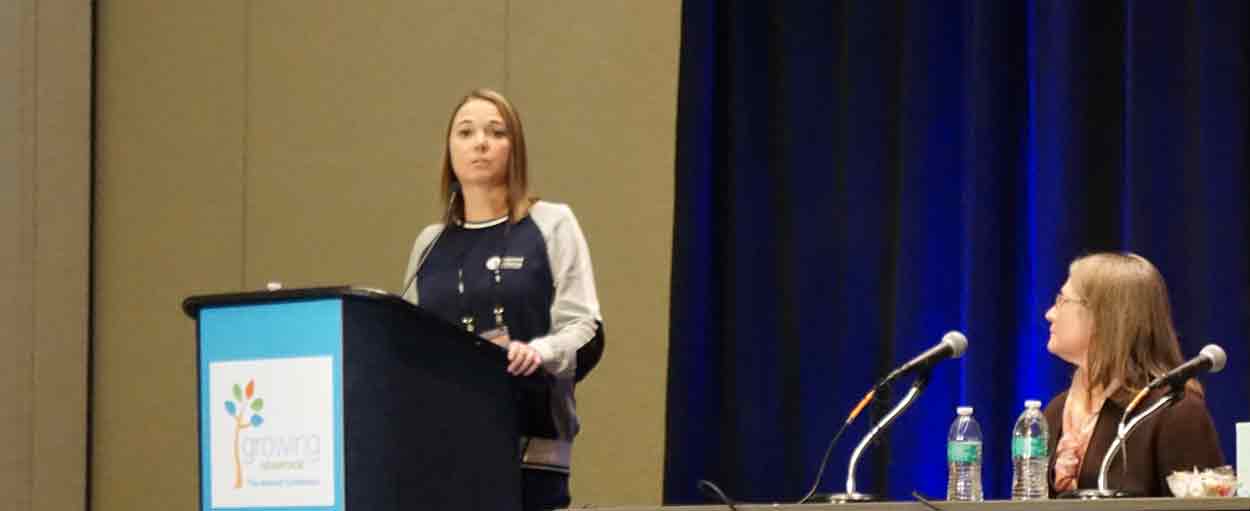
“I’ve been decomposing waste for the past 25 years,” said Dr. Jean VanderGheynst of U.C. Davis as she introduced herself to a room full of almond growers in Sacramento this month.
That’s exactly the calling card the almond industry was looking for when it funded her research, which aims to find new uses for almond hulls.
VanderGheynst had an encouraging message for almond growers: hulls may be worth good money because of their value as a feed for insects. Those insects can in turn be used as a protein-rich source of feed, passing the nutritional value of hulls on up the food chain until they reach the dinner plate.
Larvae of the Black Soldier Fly make good chicken feed because they’re rich in protein (39-43% of dry weight). The challenge of using the larvae is that they have substantial variations in their calcium content (0.12%-6.6% of dry weight).

“We need a consistent feedstock to grow these larvae,” VanderGheynst said.
That’s where almond hulls come into the picture: a stable food source for the larvae may stabilize their calcium levels. In that scenario, larvae could be grown using almond hulls as feed in a multi-layered operation like commercial mushroom production, with trays and a downstream separation process, VanderGheynst said.
Her research focused on several key questions so that almond hull feed for the larvae can offer an established value proposition to feed producers. Among those questions: how much aeration is needed to optimize the larvae growth? How moist should the hulls be? Should there be additional nitrogen in the equation from a source like urea?
Growers were eager to know more.
“How do we monetize this?” asked a member of the audience. “What’s in it for the grower?”
The answer is increased value of hulls as a byproduct.
Kelly Covello, president of the Almond Alliance, told the group that this year nearly $1 million in almond industry funds are going into research to establish uses for hulls and shells.
“I think this is something as an industry we have to get behind for the long haul,” Covello said this week by phone. “I think it was Mike Mason, who said we’re going to go down a few of roads that are not going to work out, so we have to explore a lot of roads to find the ones that will. We need to find a number of outlets so there’s different avenues this product can move through for the long run.”
